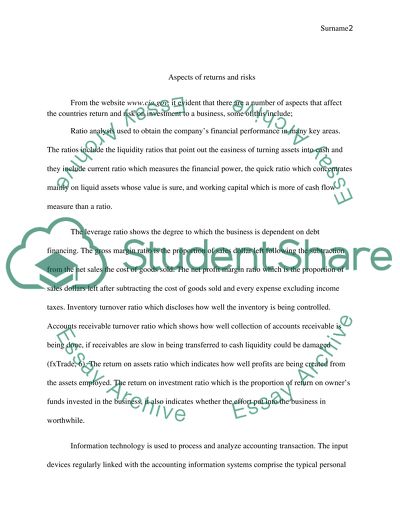Cite this document
(“Financial and Economic environment of South Africa Term Paper”, n.d.)
Retrieved de https://studentshare.org/finance-accounting/1392277-financial-and-economic-environment-of-south-africa
Retrieved de https://studentshare.org/finance-accounting/1392277-financial-and-economic-environment-of-south-africa
(Financial and Economic Environment of South Africa Term Paper)
https://studentshare.org/finance-accounting/1392277-financial-and-economic-environment-of-south-africa.
https://studentshare.org/finance-accounting/1392277-financial-and-economic-environment-of-south-africa.
“Financial and Economic Environment of South Africa Term Paper”, n.d. https://studentshare.org/finance-accounting/1392277-financial-and-economic-environment-of-south-africa.


